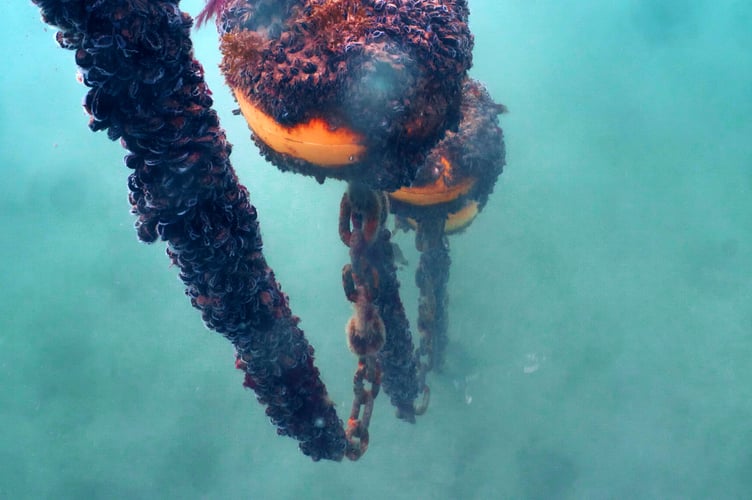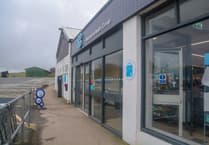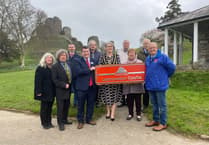Ocean Conservation Trust and the Marine Conservation Society have been working successfully on a project to protect seagrass while continuing to allow safe boat mooring at Cawsand Bay.
Following the installation of an advanced mooring system in the bay four years ago, there has been an 212 per cent increase in seagrass cover.
Traditional anchoring and mooring systems cause damage to delicate seagrass habitats, as the chain drags along the seabed disturbing and damaging the plants. These systems also use a heavy concrete sinker block to attach the mooring to the seabed, which leaves a large and damaging footprint.
The advanced mooring system allows boats to safely moor, whilst also protecting seagrass. It uses a series of mid-water floats to elevate the chain from the seabed, allowing seagrass to grow, undisturbed.
“We are delighted to see the positive effect the installation of the advanced mooring systems has had to increase the presence of seagrass in Plymouth Sound, it’s a big win for this sensitive habitat,” said Mark Parry, head of ocean habitat restoration at Ocean Conservation Trust.
“Protecting and restoring seagrass requires a holistic approach and by finding workable solutions like this, it allows communities to continue enjoying the ocean, whilst having a lesser impact on the environment, allowing both people and nature to peacefully coexist.”
The initial project installed five advanced mooring systems in Cawsand Bay in 2019, with a further 12 added in 2021.
The bay is busy with tourism and small boat use.
The applied conservation effort with the boating community has had significant positive impact on the seagrass meadows and now could be expanded to other bays.
“It’s incredibly rewarding to see the seagrass meadows reappear after the installation of the advanced mooring systems, restoring a vital habitat for local biodiversity, carbon storage and coastal protection,” said Dr Jean Luc-Solandt, marine protected areas principal scientist at Marine Conservation Society.
“You can’t get restoration without protection, and by working with the local boating community to protect the seabed, we have collectively given space for this rewilding to take place. Against the backdrop of the climate and nature emergency, the success of this simple system shows how pioneering projects can have a mitigating effect on the impacts of climate change, and reverse local biodiversity decline.”




